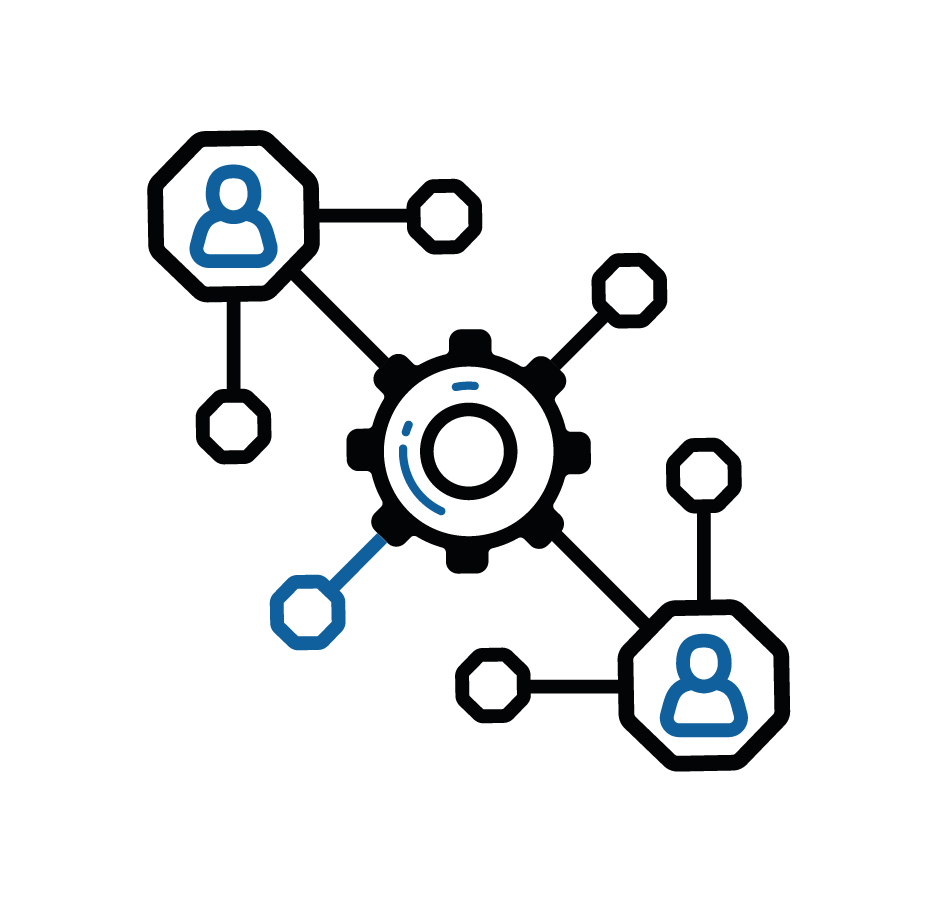LIQUIDATION OF ASSETS
The module supports all settlement-related processes:
General features:
- Entry Processes
- Settlement Processes
- Post Settlement Processes
- Parameter setting(formula compiler)
- Salary increase
- Reliquidations / Rectifications
- Load of variable concepts
- Third party / judicial withholdings
- Interfaces: BPS, BROU, RVE, BSE, DGI, etc
Among other features, the integration with a dynamic formula engine stands out, which provides great flexibility in the parameterisation phase. The most complex implementations have been resolved via parameterisation without having to modify the module.
